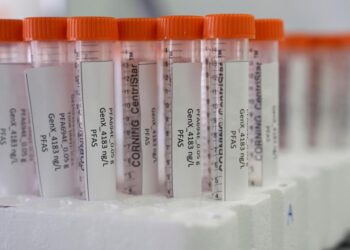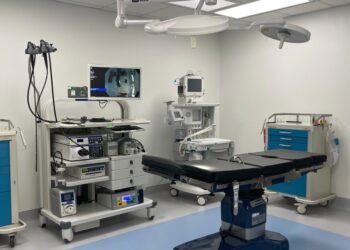Mayo Clinic News Network (TNS)
A panic attack is an episode of intense fear with an abrupt onset, lasting from several minutes to up to an hour. It has many mental and physical symptoms such as chest pain, shortness of breath, nausea, dizziness, chest pain and a sense of pending doom. These symptoms may cause significant worry in people as they may mimic signs of medical problems such as heart issues. However, panic attacks can occur when there isn’t a real danger or apparent cause.
Panic attacks aren’t life-threatening, but they can be frightening for the person experiencing the attack and their loved ones. These attacks can affect your quality of life, especially if you have multiple or unexpected panic attacks.
What are the signs of a panic attack?
A panic attack usually begins suddenly and without warning. Typically, symptoms peak in minutes, and you may feel tired and worn out after it subsides. Panic attacks can cause chest pain and breathing problems that lead some people to seek medical care.
To be diagnosed as a panic attack, the episode must have at least four of these symptoms simultaneously:
— Chest pain or discomfort
— Chills or heat sensations
— Derealization (feelings of unreality) or depersonalization (being detached from oneself)
— Fast beating, fluttering or pounding heart
— Fear of dying
— Fear of losing control or “going crazy”
— Feeling dizzy, unsteady, light-headed or faint
— Feelings of choking
— Nausea or abdominal distress
— Numbness or tingling sensations
— Sensations of shortness of breath or smothering
— Sweating
— Trembling or shaking
Panic attack symptoms may also resemble other psychiatric conditions, such as:
— Agoraphobia — marked fear or avoidance of two or more places or situations
— Caffeine or nicotine dependence — high doses of either substance may result in increased anxiety
— Obsessive-compulsive disorder — obsessions often leading to ruminations or brooding
— Phobias…
Read the full article here







